
7 minute read
Marine Technology
MARINE TECHNOLOGY OFFSHORE TRAINING
• 135-foot research vessel R/V Cape Hatteras for extensive training excursions • Over five different cruises • 53’ catamaran for field work on the river
94%
JOB PLACEMENT RATE*
*According to recent graduate survey
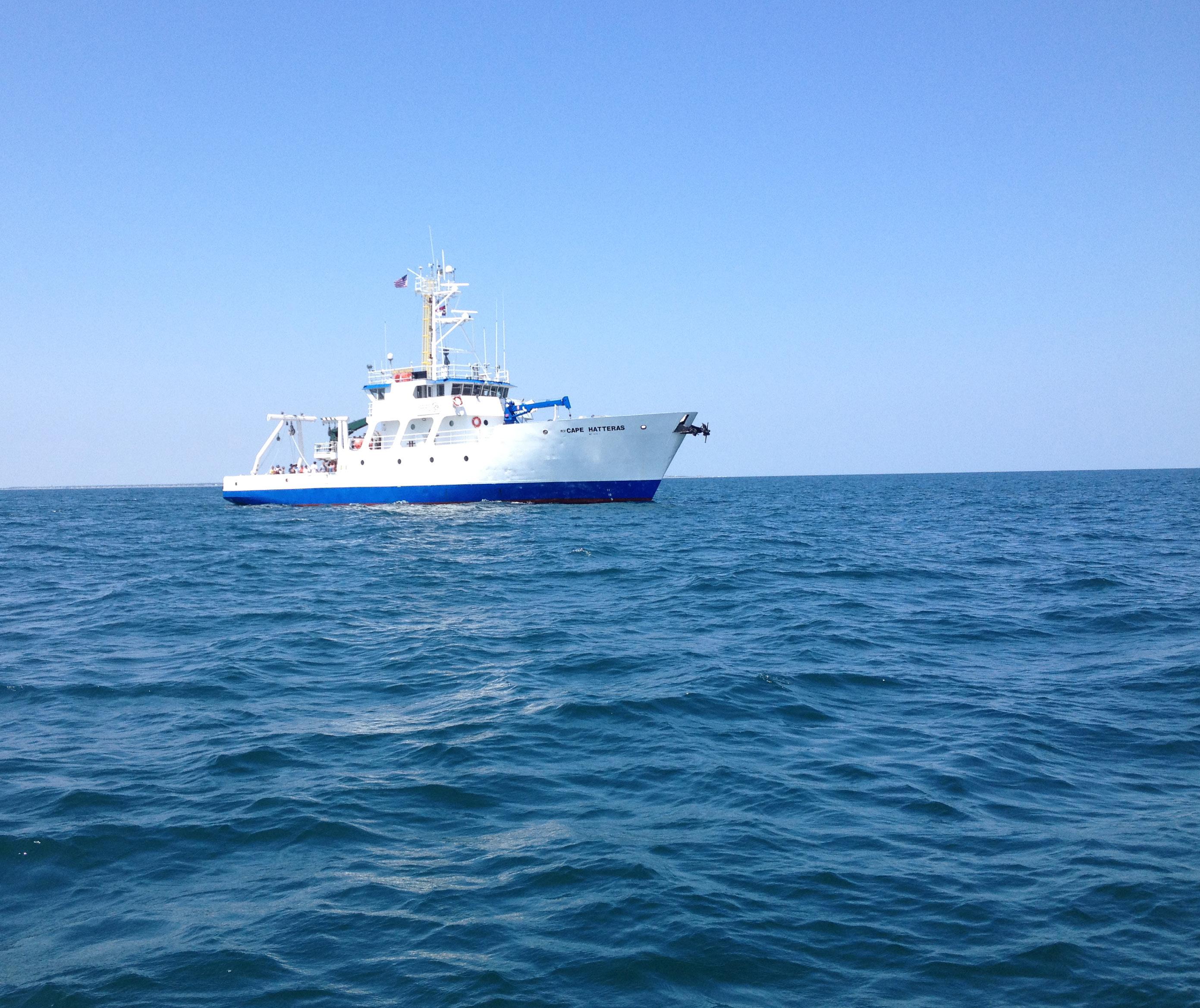
Live and work on a ship. Learn:
• Boat handling/seamanship • Boat navigation & hydrographic survey • Splicing, knot-tying, net mending • Marine biology
Ready for a Career at Sea?
Since 1965, this intriguing five semester program has offered hands-on individualized training for the true sea lover. Thirty-two days of at-sea training offers some of the most adventurous class time you’ll get anywhere in the country. This unique curriculum builds special bonds between students, faculty, and crew. Many students develop lifelong relationships from time spent together in the program.
Heavy fog day for the R/V Cape Hatteras
This was a day for Rule 19 (Conduct of vessels in restricted visibility).


Marine Tech students are trained in various weather conditions and are instructed in all safety precautions.
MARINE TECHNOLOGY OFFSHORE TRAINING
Day 1 of our first cruise – MSC 110 Training Cruise I
The first day began with an early morning roll call on the back deck of the R/V Cape Hatteras, a 135 ft. research vessel previously owned by Duke University, and acquired by CFCC in 2013. All of the students were excited and nervous, and so was I. Each student was assigned a bunk and duty station, which assigns a certain task in case of an emergency. My job was to provide the fire axe! If an emergency were to happen, we are supposed to know where to meet and our emergency duty. Luckily, we’re going to have a safety drill this morning to practice.
We were introduced to each of the crew members, including Capt. Bobby Daniels, who emphasized the importance of safety by conducting a drill. He sounded the alarm (seven or more short blasts, followed by a prolonged blast), and we headed to the bow to go over what to do if we had to abandon ship. We then watched a safety video and practiced donning survival suits.
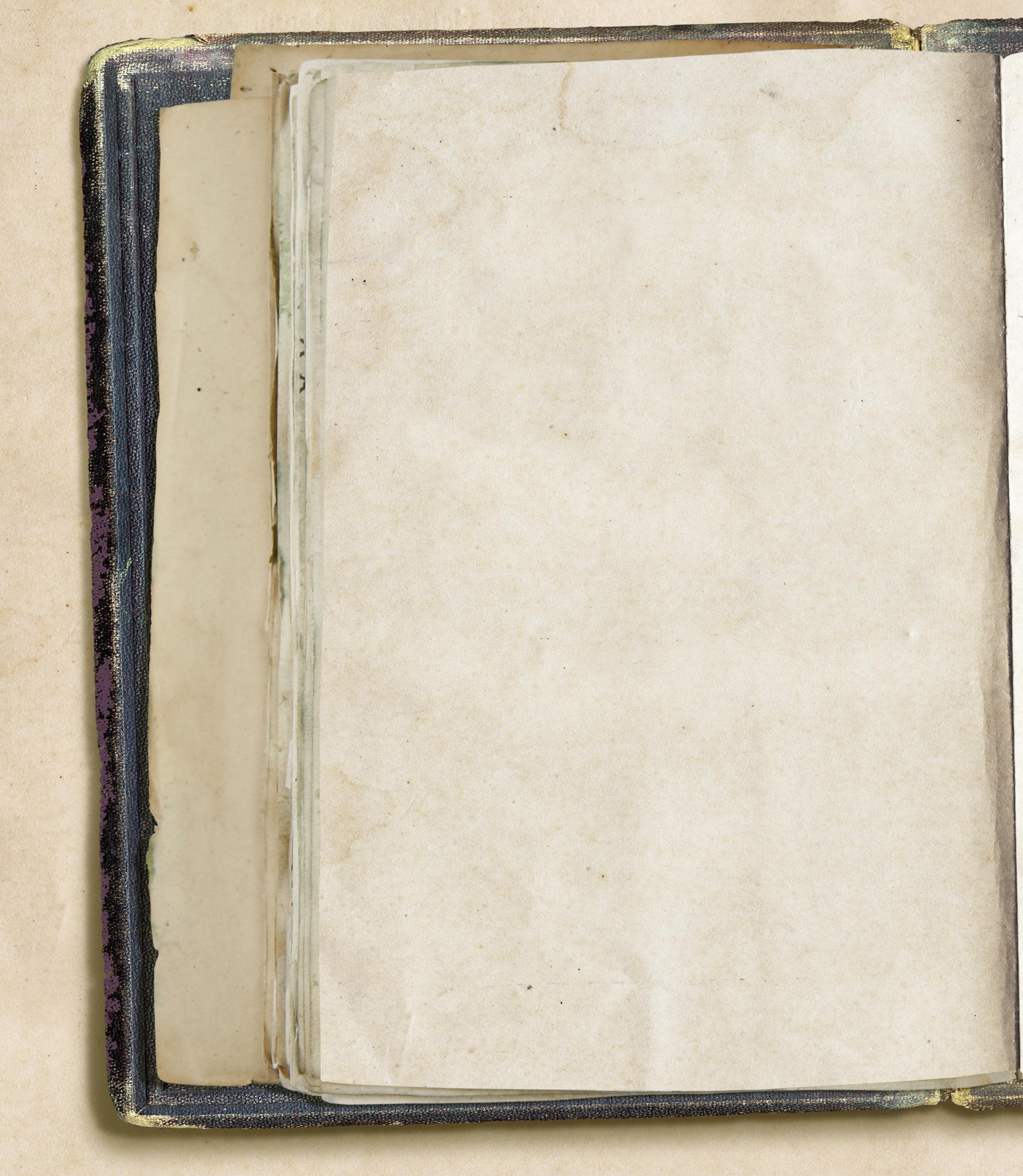
After the safety drill, we went back to the main deck to talk about the gear we’d be using. This is our indoctrination cruise, centered around biological collections in Onslow and Long Bays off the coast of NC. We would be using trawls and dredges to sample organisms from various habitats and collecting water quality parameters using a CTD (Conductivity-Temperature-Depth meter). The trawl is a bottom otter trawl, which has two large doors that hold the mouth of the net open as it is pulled along the bottom. This was used in more soft bottom habitats, like sand and shell hash. The dredge is a metal box that samples live bottom habitats, which are areas of exposed bedrock on the seafloor. The CTD is a Seabird data sonde that collects these parameters, and many more, in the water column. The plan was to conduct one trawl, one dredge, and one CTD cast by the end of the day.
Next, we headed into the galley for lunch. A delicious spread of various sandwiches, salads, and soups were artfully provided by our cook, Chef Christa, and I could plainly see that she is considered the most important person on the boat! We all got to sit together with the Captain and crew, and I could feel that working on a boat really brings people together.
After lunch, the instructor mustered us on the back deck and we rigged up the trawl. This means we spooled the bridle onto the winch cable, hooked the doors onto the net, and tied the cod-end using the shrimper’s bag knot. The instructor asked for a volunteer to demonstrate how to tie it, and since Mrs. Rowe had already covered this knot in our Fishing Gear I class, a few hands shot up. We all got a chance to demonstrate and practice it, and then we got ready to deploy.
One thing I noticed during the deployment was the importance of communication. The winch operator, up on the O1 deck, had to be in constant communication with the deck crew, and they all had to be in contact with the Captain. On top of that, all the students needed to be vigilant and aware of their surroundings at all times. It’s a dangerous job deploying gear off a vessel, and I am so happy that we got to practice this skill, instead of just reading about it in a book, or watching it on a video screen in a classroom.
The trawl came on board and we dumped the catch on the culling table. Since we didn’t want to jeopardize the commercially and recreationally important populations, we released all but one individual of each species. Essentially, we are looking at biodiversity during this trip, not biomass. Our Instructor informed us that if we were to gain employment as a fisheries observer,
we would weigh and get length measurements of a subsample of the large catch. This data is important for determining stock assessments and setting fisheries regulations. Today we identified each specimen, and preserved some for later identification in the laboratory. All the data was recorded on a data sheet, and uploaded into a computer database.
After the catch had been worked up, we steamed to a dredging station, removed the trawl bridle, and hooked on the dredge. Bill and Soren showed us how to use tag lines, which stabilize the dredge while it’s being deployed and retrieved, and again they emphasized the importance of safety and communication. We all took our respective posts and deployed the dredge in a low-relief live-bottom habitat. We then retreated to a safe location under the O1 deck. Unlike the trawl, which was pulled over a soft, level bottom, the rugged nature of the live-bottom increases the chance for the dredge to get ‘hung up’ and broken off. Standing around a steel cable under thousands of pounds of tension is risky business! I again realized how dangerous it is to work in an offshore environment, and gave a silent thanks to all those commercial fishermen/women risking their lives to bring us tasty seafood!
The dredge came on board filled with bits of live rock and some of the coolest creatures I’ve ever seen! Shamefaced box crabs, brittle stars, sponges, arrow shrimp, and numerous bivalves and gastropods. We didn’t see any of that in the trawl! Live bottom habitats have a lot of biodiversity! Again, we returned most back safely to the sea, but kept some representatives for identification. Students were even able to keep some of the shells for their own collections, as long as they were not alive. This is better than any beach combing!
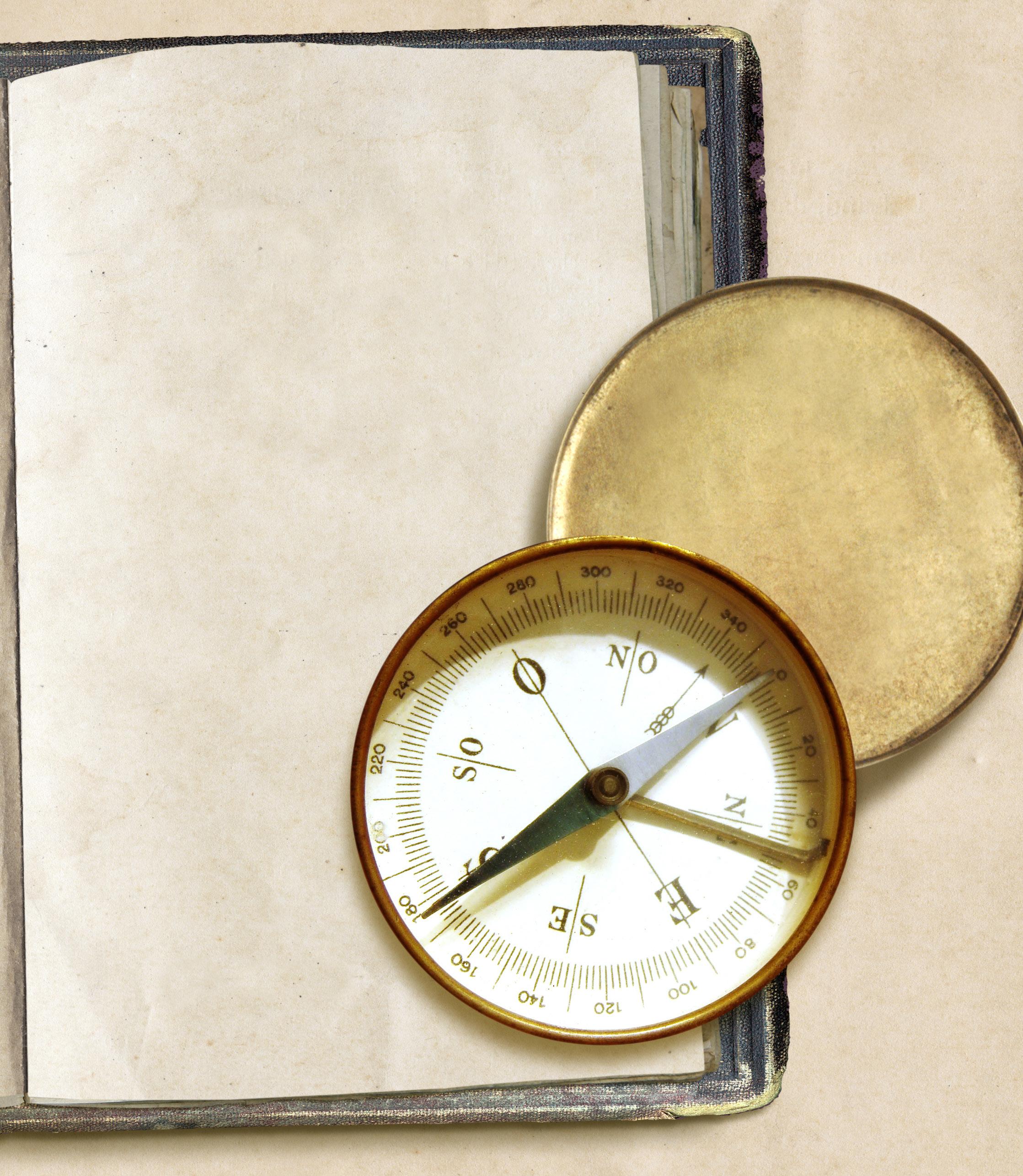
After we finished identifying, recording, and entering the data, it was time for supper. Another delicious spread of hamburgers, French fries, salads, and even veggie burgers were devoured by all. Again, Chef Christa is the most important person on the boat!
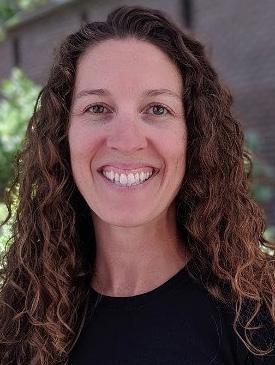
Author Jacqui Degan works as a Marine Technology Instructor here at CFCC
After supper was CTD time. We were divided into two groups – one group in the computer lab and the other on deck. The deck group was responsible for setting up, deploying, and retrieving the data sonde, while the computer lab group was responsible for downloading and analyzing the data. We did two casts, so that both groups were able to practice these skills. Again, communication was paramount in safely deploying the CTD overboard using the J-frame, and the winch on the O1 deck. The profiles collected showed us the presence of a thermocline in the water column, where temperature decreases with depth. Knowing where a thermocline occurs can help researchers decide where to do biological sampling, such as plankton tows. Hopefully we’ll be able to collect some plankton later this week!
Wow, what a day! I can’t believe that we have another 4 days to practice these skills, and learn more about how to be a Marine Technician.
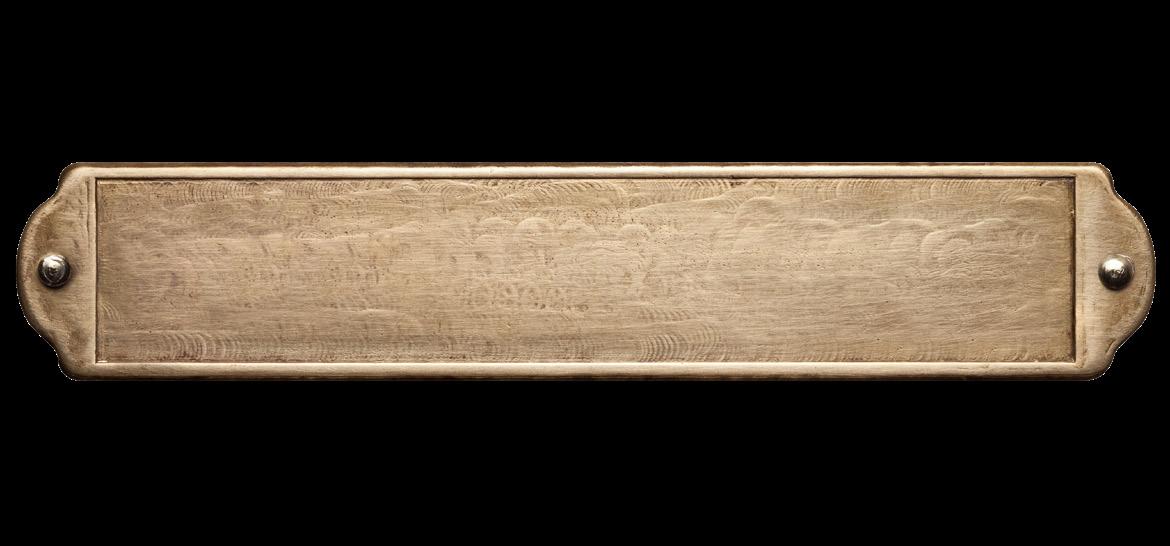
Want to share in the adventure?
Track us here: cfcc.edu/capehatterastracker










